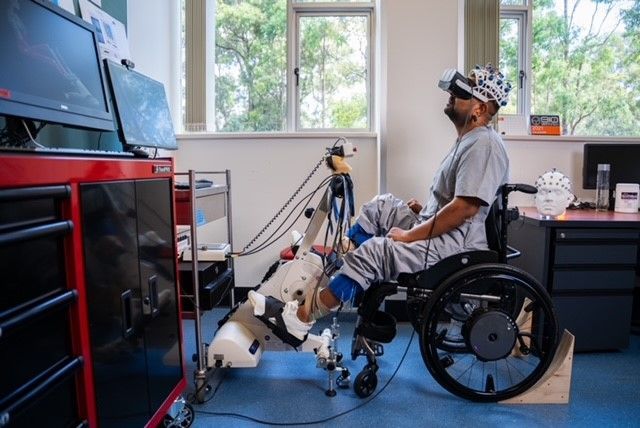1MG FlippingBooks
3D-printed brains and digital twins: Gold Coast’s trailblazing medical research
By Rose Lane
Queensland’s Gold Coast usually brings to mind images of beaches and luxury high-rise apartments rather than cutting-edge medical research and innovation, but since 2021 is the site of world-first work that could change the lives of us all in the future.

The Gold Coast Health and Knowledge Precinct (GCHKP) is home to a university, teaching hospitals, a health sciences-focused high school, residential buildings, shops, restaurants, and entertainment facilities. Some 20,000 people live, work, and study here; around them, ground-breaking research is taking place.
In partnership with global company Philips, the medical training hub is developing methods of treatment for vascular injuries, such as strokes, enabling less invasive, individually-tailored surgery. Surgeons practice on 3D models printed from scans of the patient’s brain, finding and repairing the affected blood vessel before then performing surgery on the patient.
Kathy Kruger, the GCHKP’s manager of Investment and Engagement, says: “These models are so realistic they even simulate the pulsing blood flow.”
Biomedical engineer Dr Daniel Timms has also developed the world’s first rotary artificial heart, the BiVACOR Total Artificial Heart (TAH). It uses a levitating spinning disc controlled by an electromagnetic field; this suspended mechanism prevents mechanical wear. Wide gaps within the heart prevent damage to blood cells, thereby reducing the risk of clot formation. “It’s only 18 months at most until we start clinical trials in Australia,” Ms Kruger says.
Another project offers hope for those with spinal injuries. Using a brain-computer interface, a patient ‘rides’ a robotic bicycle while a computer records their brain’s intention to create the movement. This creates a “digital twin” that then powers the bicycle, creating a feedback loop between brain and muscles. One of the researchers, Dr. Dinesh Palipana, Australia’s first quadriplegic (as a result of spinal injury), is hopeful this will form a working therapy in five years.
“At the same time, another team is using olfactory cells to create a nerve bridge that will bypass the damaged spinal nerves,” Ms Kruger adds.
“A lot of people don’t realise how much is happening on the Gold Coast.”











